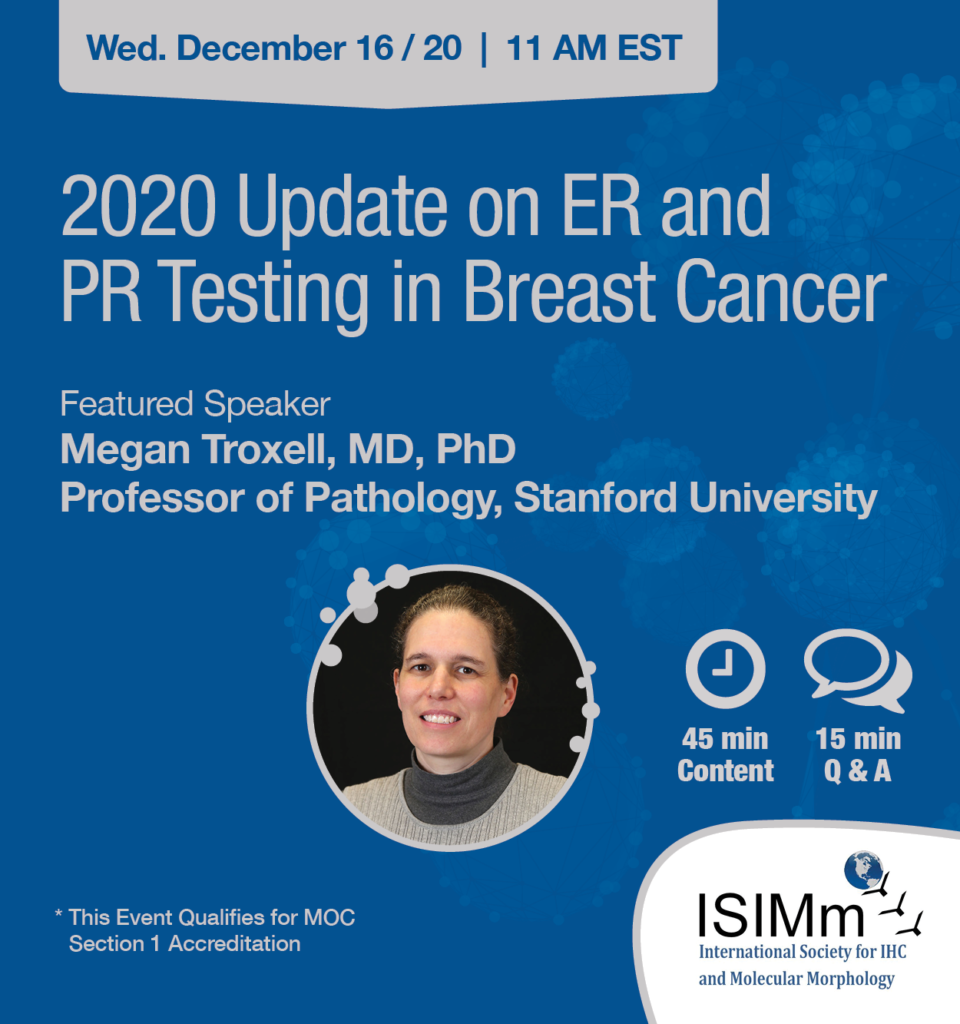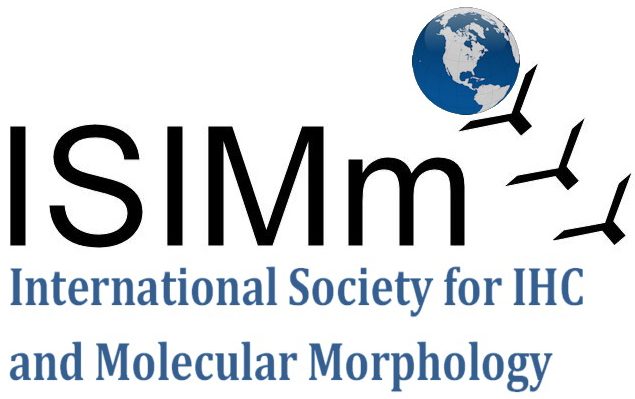
Breast cancer is a highly heterogeneous group of diseases amenable to an increasing complexity of therapies. Evaluation of hormone receptor expression (ER, PR), has been a cornerstone of diagnosis, prognosis and targeted therapy for breast cancer for decades. However, assays methods and interpretative criteria continue to evolve. This lecture will review ER and PR testing in breast cancer with emphasis on recent ASCO/CAP updates. It is critical that pathologists play active roles in specimen handling, test selection and ordering, result interpretation, and recognition of discordant findings in this era of precision medicine.
At the end of the webinar, participants will be able to:
- Recognize the role of ER as both a prognostic and predictive marker
- Describe the criteria and clinical implications for the newly proposed ER ‘low positive’ category
- Apply and evaluate recommended external and internal controls
- Recognize discordant ER and PR as informed by breast cancer morphology
Host: Emina Torlakovic, ISIMM President
Target audience: Pathologists, Resident
CanMEDS Roles: Medical Expert, Communicator
About the Expert: Dr. Troxell earned her MD and PhD at Stanford, studying mutant E-cadherin and epithelial cell-cell junction dynamics. She stayed at Stanford for Anatomic Pathology training, including fellowship experience in Surgical pathology, Immunodiagnosis, and Renal Pathology. She was on faculty and directed the Immunohistochemistry lab at OHSU in Portland, Oregon for over 10 years. More recently back at Stanford, her focus is breast, GU, and renal pathology. She is co-medical director of the Immunodiagnosis laboratory, and works closely with residents and fellows. She has served on College of American Pathologist’s Immunohistochemistry committee, along with two CAP immunohistochemistry related guideline committees.
Declaration of Conflict of Interest:
Dr. Troxell does have a relationship with a for-profit and/or a not-for-profit organization to disclose; honoraria from USCAP as an invited speaker.
Click here to download a copy of the presentation
